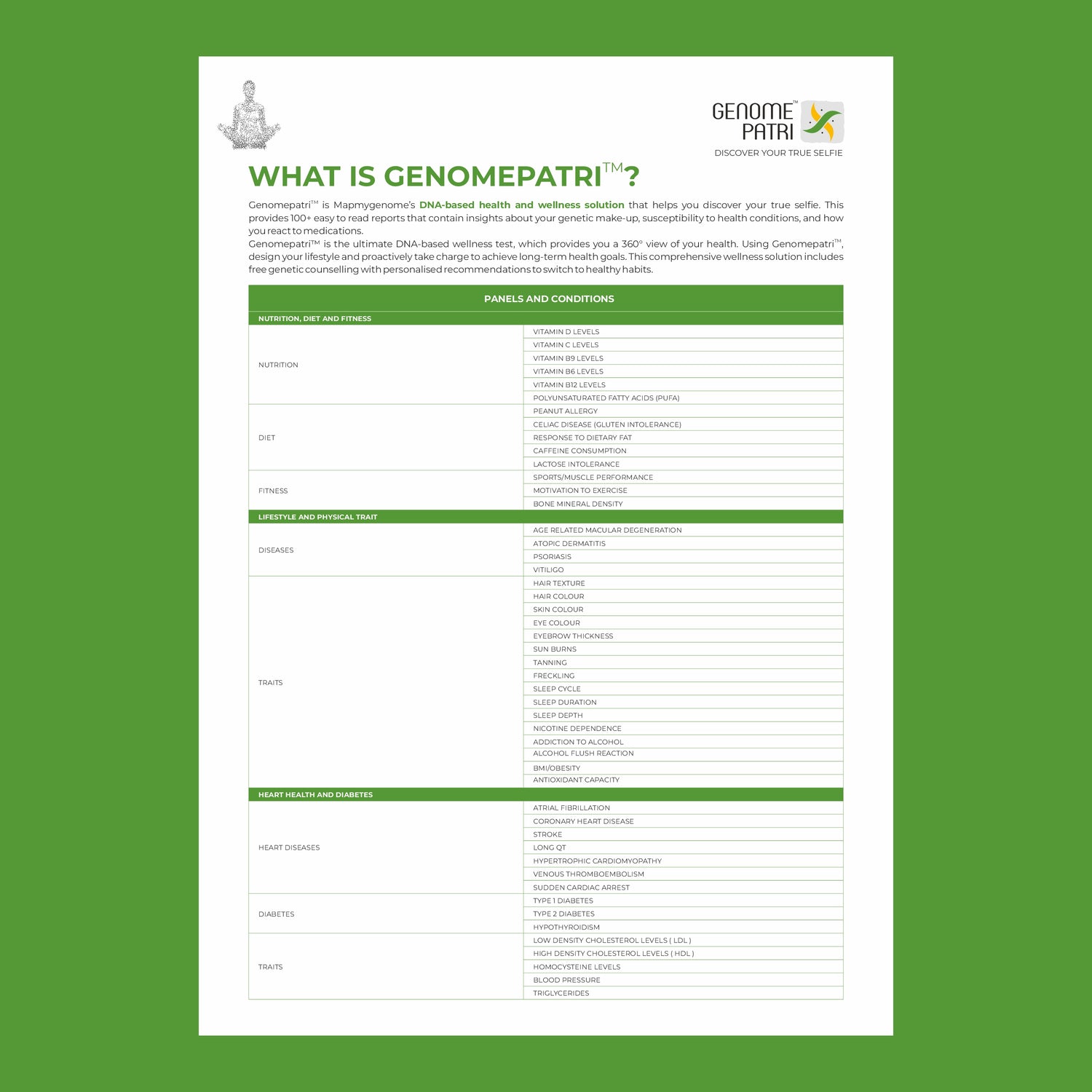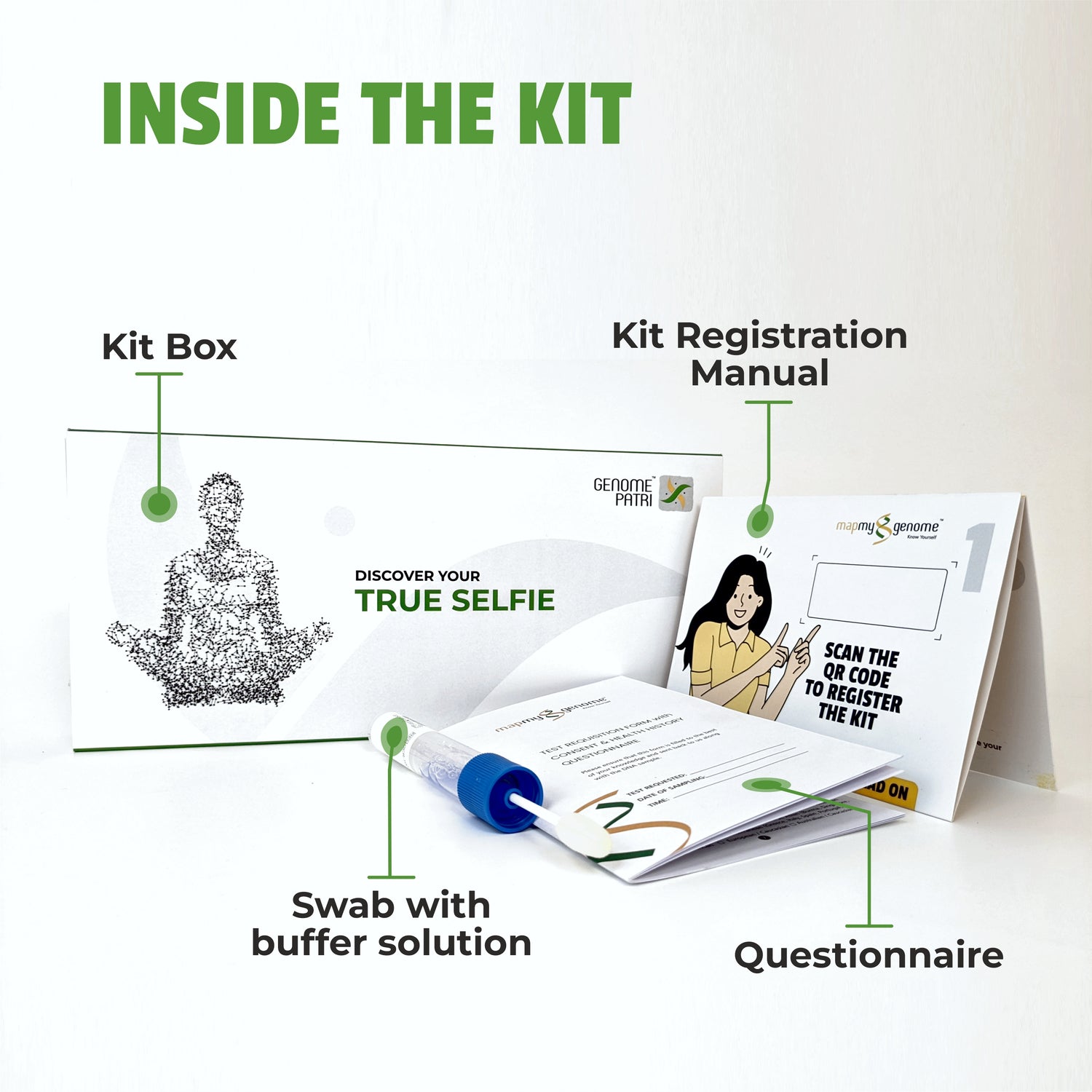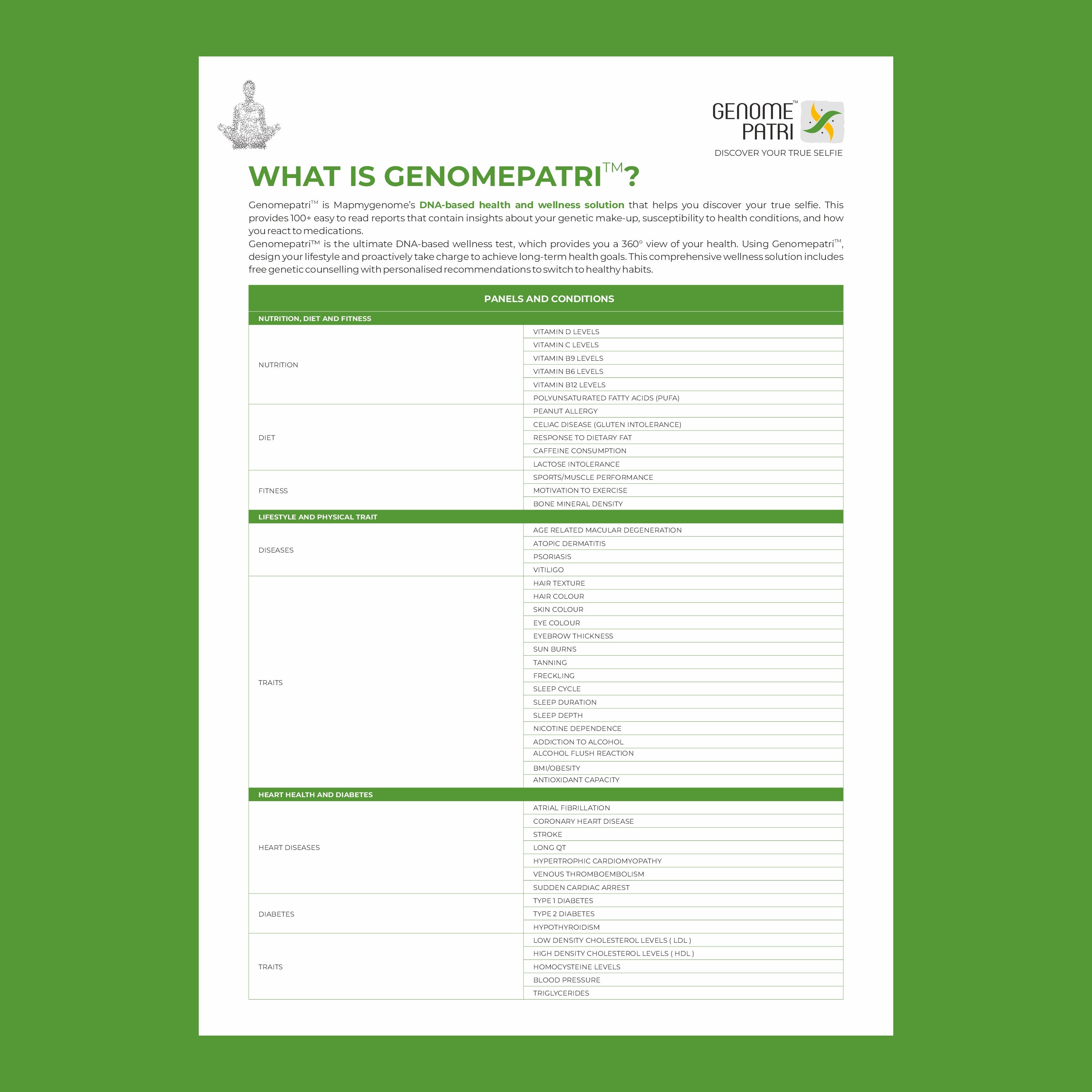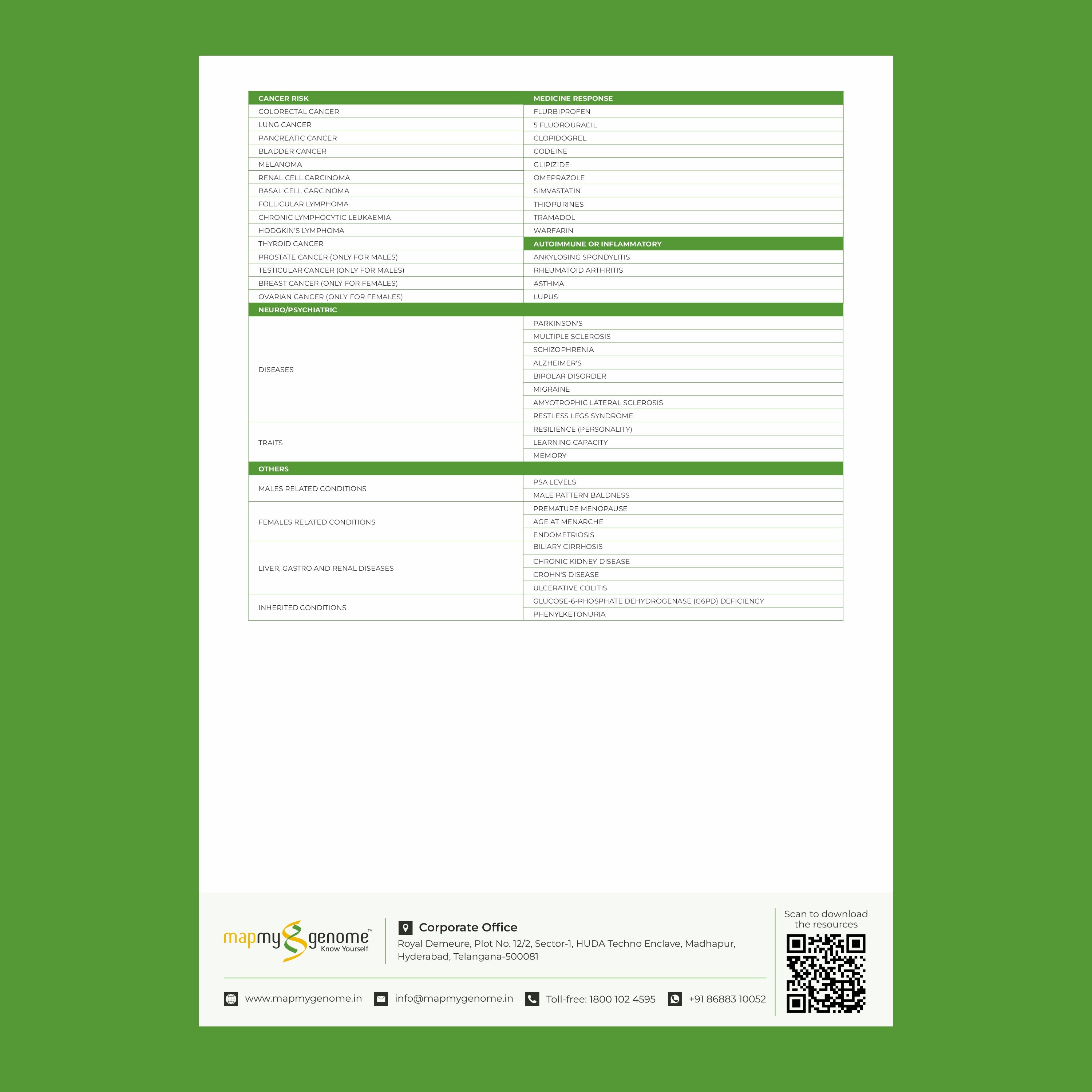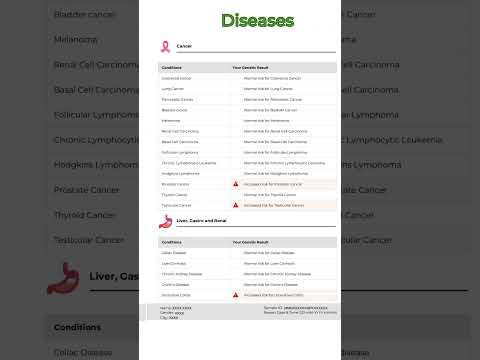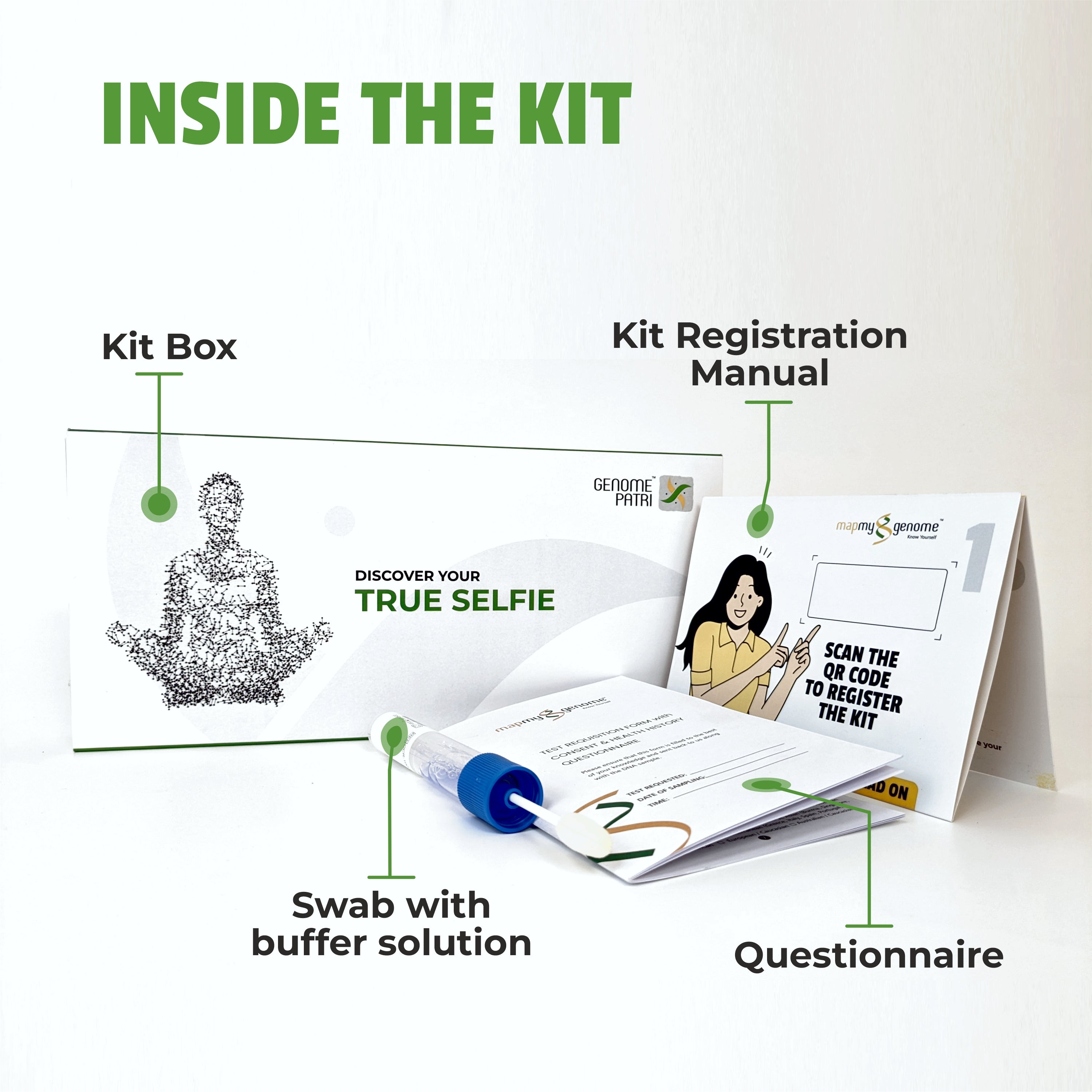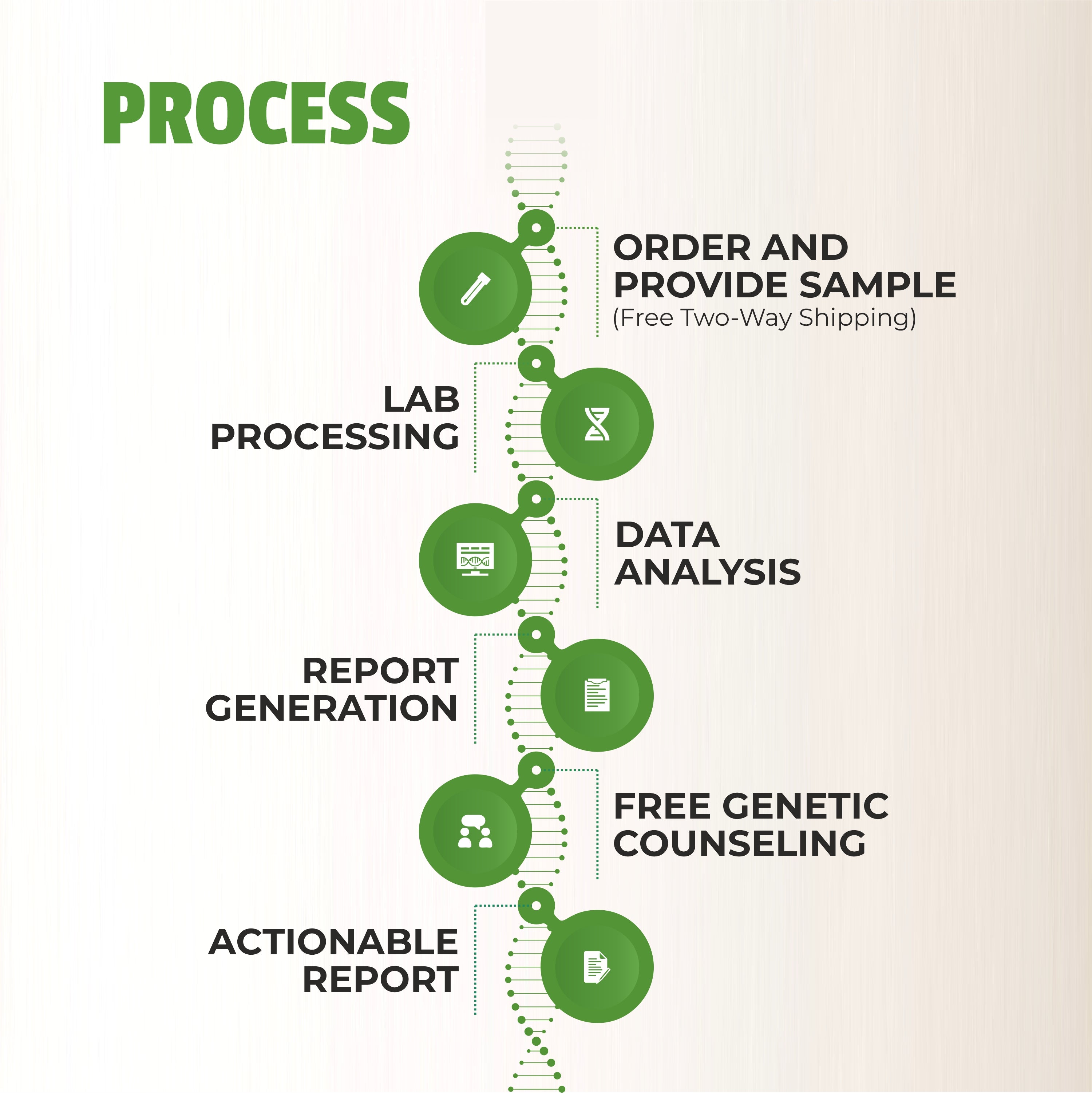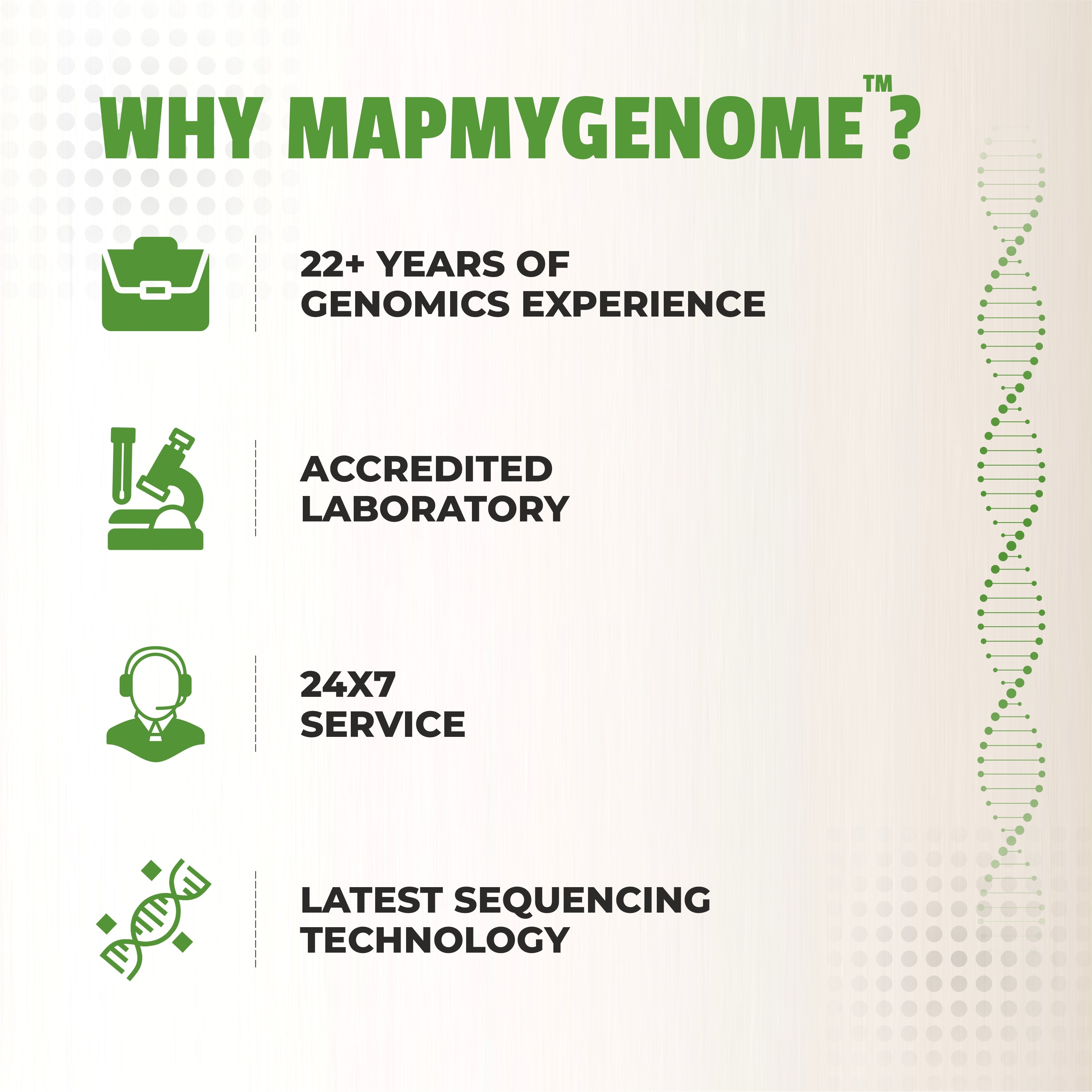Welcome to the captivating world of RNA! Most of us learn about RNA as the "middleman" between DNA and protein synthesis, but there's so much more to these remarkable molecules. They play diverse roles in our cells, from regulating gene expression to modifying other RNAs, and even acting as catalysts. Join us as we delve into the incredible variety of RNA types, uncover the playful stories behind their names, trace their origins to specific genes, explore their cellular locations, and reveal how your lifestyle choices can influence these cellular superstars.
The Major Players: Protein Synthesis Trio
1. mRNA – The Straight Shooter:
Messenger RNA, the blueprint's guide,
Delivers the code, with nowhere to hide.
Messenger RNA (mRNA), is aptly named for its role as the direct "messenger" of genetic information from DNA to the ribosome, where proteins are made. It carries the genetic code from protein-coding genes throughout the genome to the cytoplasm.
Location: Nucleus (where it's transcribed from DNA) and cytoplasm (where it's translated into protein).
Examples: The mRNA for insulin (INS gene), hemoglobin (HBB gene), or any other protein your body makes.
Lifestyle Impact: Diet and exercise can influence the expression levels of certain mRNAs, affecting protein production.
2. tRNA – The Adaptable Translator:
Transfer RNA, with anticodon in hand,
Fetches amino acids, building on demand.
Transfer RNA (tRNA), is named for its ability to "transfer" specific amino acids to the growing protein chain during translation. The tRNA genes, often found in clusters throughout the genome, ensure the correct amino acid is added to the protein.
Location: Cytoplasm
Examples: tRNA specific for the amino acid alanine (tRNA-Ala)
Lifestyle Impact: Nutrient deficiencies can impair tRNA synthesis and function.
3. rRNA – The Structural Workhorse:
Ribosomal RNA, a scaffold so strong,
Builds the protein factory, all day long.
Ribosomal RNA (rRNA), is named for its major role as a structural component of ribosomes, the cellular factories where proteins are synthesized. It's encoded by rRNA genes located in tandem repeats within the nucleolar organizer regions.
Location: Ribosomes (in the cytoplasm and on the rough endoplasmic reticulum)
Examples: The 18S, 5.8S, and 28S rRNAs in eukaryotes
Lifestyle Impact: Stress and certain toxins can disrupt ribosome assembly and function, affecting protein synthesis.
The Regulators: Non-Coding RNAs with Quirky Names
4. lncRNA – The Lengthy Enigma:
Long non-coding RNA, a mystery to behold,
In gene regulation, its story unfolds.
Long non-coding RNA (lncRNA) gets its name from its relatively long length (compared to other non-coding RNAs) and the fact that it doesn't code for proteins. Examples like Xist (XIST gene),, and HOTAIR (HOX transcript antisense RNA gene),, highlight its regulatory roles.
Location: Nucleus and cytoplasm
Lifestyle Impact: Chronic stress and inflammation can alter lncRNA expression patterns, potentially contributing to disease.
5. snRNA – The Splicing Specialist:
Small nuclear RNA, the editor so keen,
Snips and trims introns, a gene-cleaning machine.
Small nuclear RNA (snRNA) is found in the nucleus, where it plays a key role in splicing, the process of removing introns from pre-mRNA. Genes like SNRNP70 (U1) and SNRPA1 (U2) code for snRNAs.
Location: Nucleus (within the spliceosome)
Lifestyle Impact: Mutations in snRNA genes can cause splicing defects, leading to various genetic disorders.
6. snoRNA – The Nucleolar Guide:
Small nucleolar RNA, in the nucleolus' heart,
Modifies other RNAs, playing a vital part.
Small nucleolar RNA (snoRNA), is found in the nucleolus, a sub-region of the nucleus. It guides chemical modifications of other RNAs, ensuring they function properly. Many snoRNAs are encoded within introns of other genes, like SNORD116 within the SNURF-SNRPN gene.
Location: Nucleolus
Lifestyle Impact: Certain drugs and environmental toxins can interfere with snoRNA function.
7. miRNA – The Micro Manager:
MicroRNA, tiny but bold,
Gene expression it finely controls.
MicroRNA (miRNA), is named for its tiny size. Despite being small, it has a huge impact on gene regulation, acting as a micro-manager of protein production. miRNA genes are scattered throughout the genome, and examples like miR-122 (regulates cholesterol metabolism) and miR-21 (associated with cancer) showcase their importance.
Location: Cytoplasm
Lifestyle Impact: Diet, exercise, and exposure to environmental pollutants can significantly influence miRNA expression, affecting gene regulation and disease risk.
8. siRNA – The Silencer:
Small interfering RNA, a weapon so precise,
Silences genes with deadly advice.
Small interfering RNA (siRNA), is named for its ability to "interfere" with gene expression by silencing specific genes. Usually derived from double-stranded RNA precursors, siRNAs are often used in research and therapies to target disease-causing genes.
Location: Cytoplasm
Lifestyle Impact: Mostly relevant in therapeutic contexts where siRNAs are used to target disease-causing genes.
9. piRNA – The Germline Guardian:
PIWI-interacting RNA, a guardian so brave,
Protects our germline, the future to save.
PIWI-interacting RNA (piRNA) gets its name from the PIWI proteins it interacts with. Together, they protect germline cells from the harmful effects of transposable elements ("jumping genes"). They're encoded in piRNA clusters often found in repetitive regions of the genome.
Location: Germline cells
Examples: piR-1
Lifestyle Impact: Exposure to certain environmental factors during pregnancy may disrupt piRNA function, potentially affecting fertility and development.
Beyond the Basics: More RNA Wonders
10. circRNA – The Circular Surprise:
Circular RNA, a loop with a twist,
Its functions diverse, a cellular list.
Circular RNA (circRNA), is named for its unique circular structure, formed by a back-splicing process of exons from protein-coding genes. Examples include circRNA derived from the muscleblind (MBL/MBNL1 gene) gene.
Location: Cytoplasm
Lifestyle Impact: Emerging research suggests that circRNA expression may be altered in certain diseases, but the link to lifestyle factors is still under investigation.
11. eRNA – The Enhancer Amplifier:
Enhancer RNA, a signal so bright,
Turns up gene volume, with all its might.
Enhancer RNA (eRNA), is transcribed from enhancer regions of DNA. It amplifies the expression of nearby genes.
Location: Nucleus
Lifestyle Impact: Environmental factors can influence enhancer activity, potentially affecting eRNA production and gene expression.
12. tmRNA – The Rescue Ranger:
Transfer-messenger RNA, a hybrid so rare,
Rescues stuck ribosomes, with tender loving care.
Transfer-messenger RNA (tmRNA), is a hybrid molecule that acts as both a tRNA and an mRNA. It rescues stalled ribosomes and tags the incomplete protein for degradation. It's encoded by the ssrA gene.
Location: Cytoplasm
Lifestyle Impact: The activity of tmRNA may be influenced by cellular stress, which can be triggered by lifestyle factors.
Empowering Your RNA with Healthy Choices
While we can't directly control our RNA, our lifestyle choices can significantly influence how it functions. A balanced diet rich in nutrients, regular exercise, stress management techniques, and minimizing exposure to toxins can all contribute to optimal RNA health. Remember, our RNA is not just a messenger, but a dynamic network of molecules that orchestrates our cellular symphony. Let's make healthy choices to keep that symphony playing beautifully!





